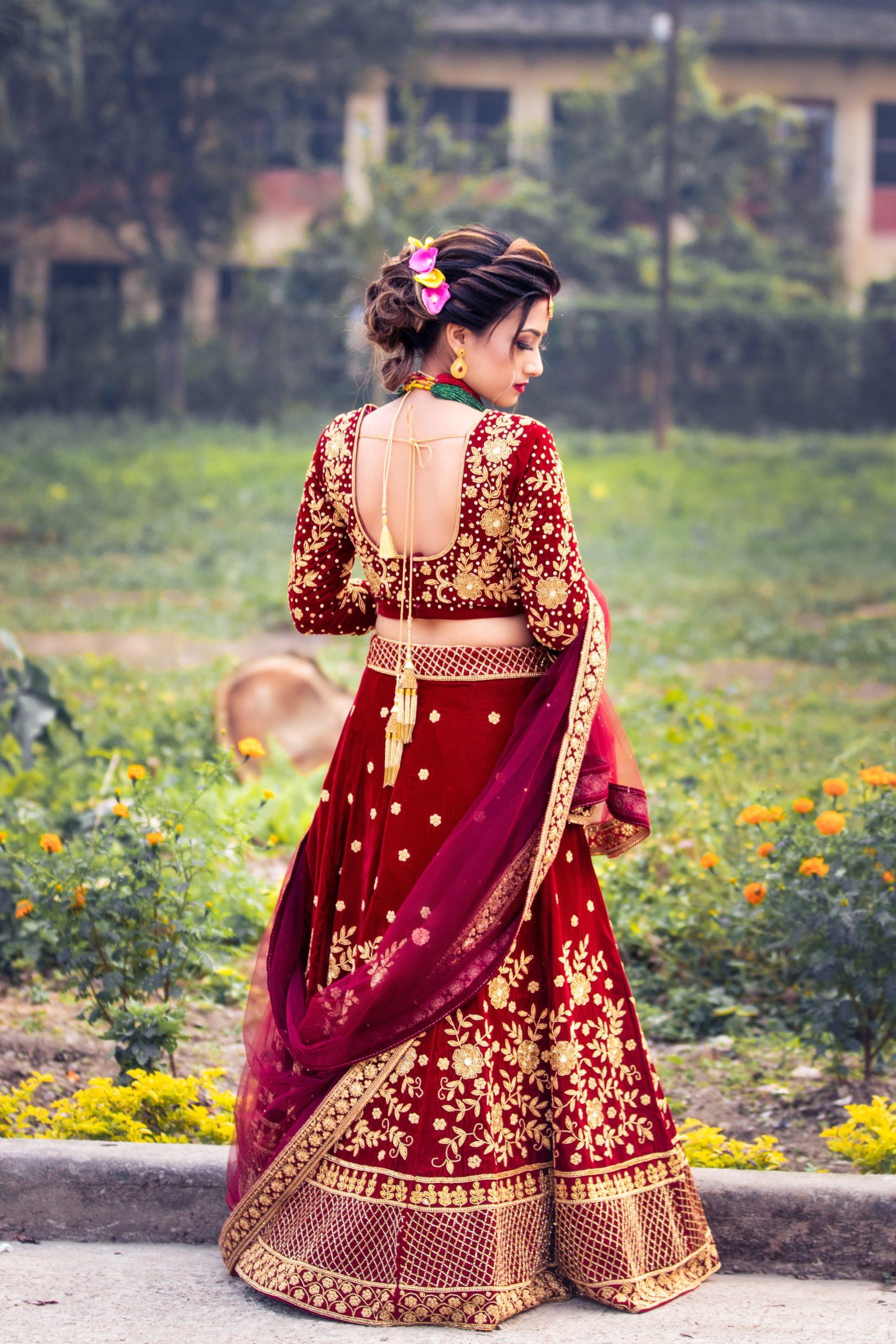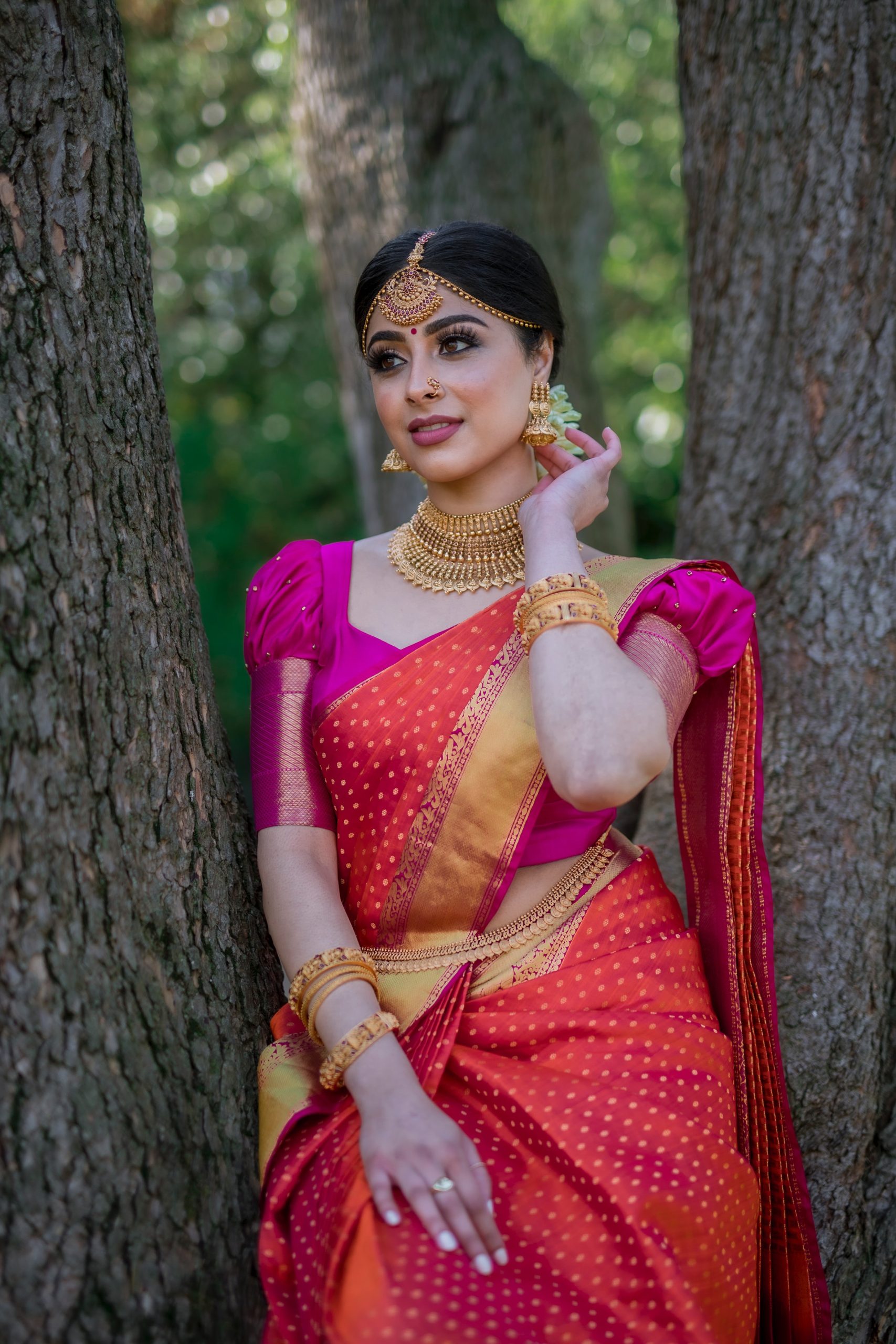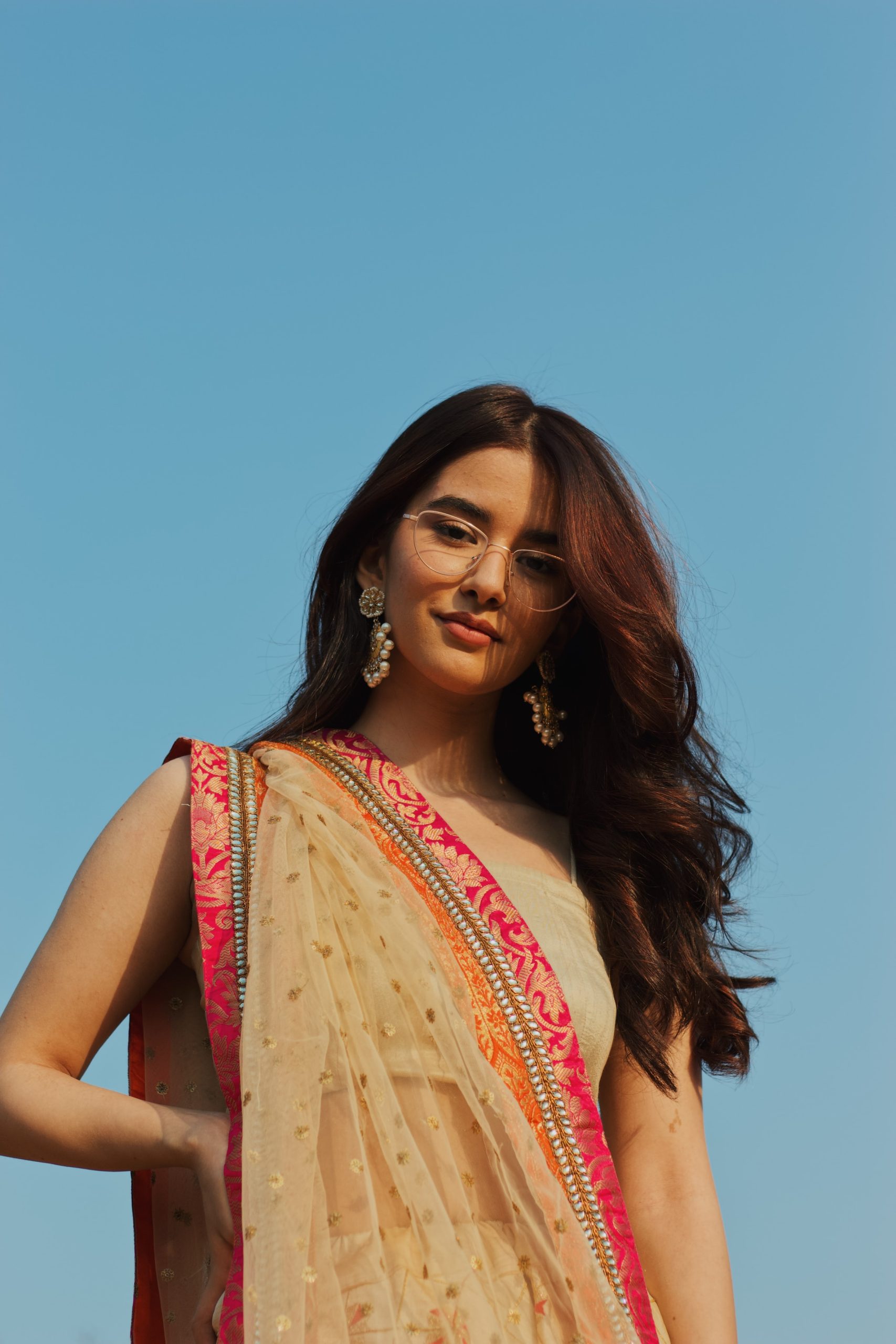A draped garment measuring 1.5 by 5 meters, the saree enhances the style, class, tradition, and grace of the Indian woman. A garment that has existed for over 30 centuries, this fabric is a testament to the cultural preservation of Southeast Asia. In India, the style of the saree says a lot about its owner. So, without further ado, let’s dive into this blog and let’s learn about some points to discover the different styles of saree.
The social connotations of the saree

The saree is not a simple piece of clothing. It is not worn at random or according to the tastes of the woman. The reason is that it reflects very clearly the history, the social position, and the traditional values of the woman who wears it.
1. Marital status
In India, wearing a saree is a girl’s fantasy and a woman’s pride. In fact, according to Hindi and Urdu culture, this outfit is only reserved for married women. It is a sign of self-fulfillment that implies respect from society. The complexity of this fabric shows that a woman worthy of the name must be creative, methodical, mature, and comply with traditional requirements.
2. Social position
A saree reflects the social position of the wearer. Here, it is the quality of the drape that is studied. A light, simple, and little decorated saree implies that the owner comes from a modest family. The heavier and more glittering it is, the higher the social position. Depending on the case, the weight of a saree can reach 20 kilos. Here are some criteria of excellence of a saree, making it unaffordable:
- The reflection of a famous painting
- Hand embroidery
- The addition of precious stones: diamond, gold, or silver
- The fabric of manufacture (silk).
3. Family cultural value
Some sarees worn on special occasions such as weddings or religious ceremonies have a cultural connotation. Indeed, the woman inherits a traditional saree at her wedding, transmitted from mother to daughter for generations. The preservation of this heritage embodies the protection of cultural values by the family lineage. The older the saree, the rarer it is, and the more the family is valued. Some of the most valuable traditional drapes preserved as family heirlooms include kashida, paithani, and grihastha sarees.
Occasional styles
The style of wearing the saree varies according to the occasion and social requirements.
1. The wedding
For an Indian woman, the wedding day is the first opportunity to wear a saree. For this big day, the traditional pre-wedding dress is the saree. It should be put on to cover both the body and the head. This style reflects her purity and chastity. For the same occasion, tradition requires that the mother of the bride be dressed in a patola saree.
2. The celebration
During any celebration, the woman must be accompanied by her husband. She will be dressed in a saree that will cover her body before placing it over her shoulder. This simple style is used in Indian celebrations such as Sufi Darbar, Holi, or the festival of colors. The simplicity of this style has two major advantages: it facilitates the gestures and does not hinder the eventual choreographies.
3. The temple

In India, a temple is a sacred place intended to worship the gods. Here, wearing a saree is required. Besides the body, the drape must cover the woman’s shoulder and head as a sign of chastity. Generally, the temple dress is the brocade saree. It is usually decorated with flowers or animals. The specificity of this fabric is that the stains are easily removed.
Sound off in the comments section below and tell us what you want to read next and if you want to read more about wearing a saree.





